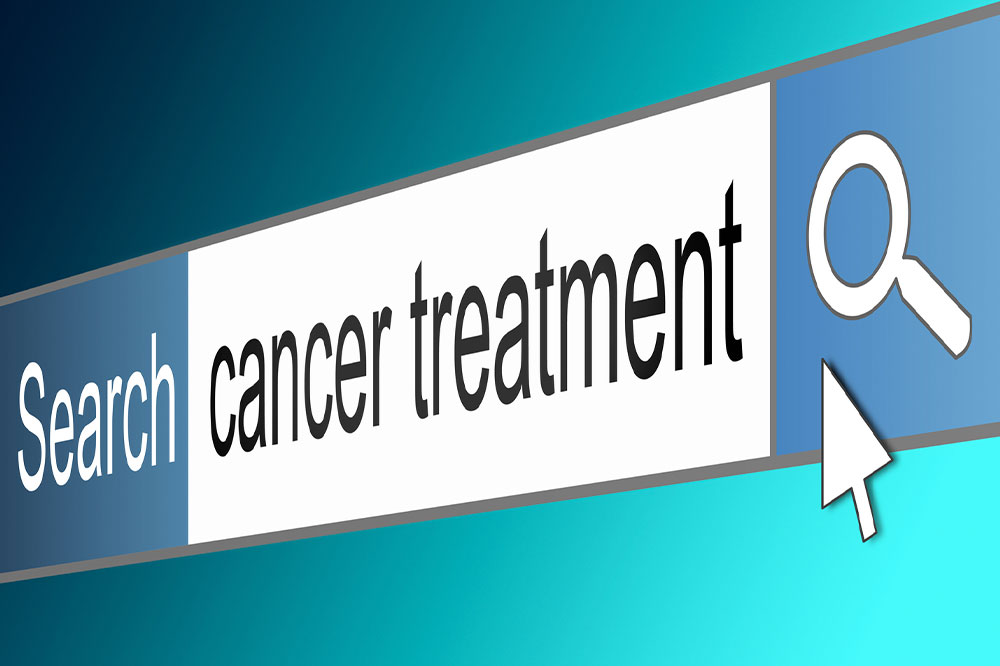Comprehensive Guide to Cancer: Recognizing Symptoms, Treatment Options, and the Importance of Early Detection
This comprehensive guide explores the key signs of cancer, various treatment options, and emphasizes the importance of early detection. Recognizing symptoms like lumps, pain, and skin changes can lead to prompt diagnosis, significantly improving treatment success rates. The article covers advancements in surgical, chemical, radiation, immunotherapy, and innovative treatments like cryoablation, highlighting preventive measures such as regular screenings for early detection. Staying informed about cancer indicators and ensuring regular checkups are vital steps in managing and combating this complex disease effectively.

Comprehensive Guide to Cancer: Recognizing Symptoms, Treatment Options, and the Importance of Early Detection
Cancer remains one of the most formidable health challenges worldwide, arising from abnormal cell growth that can occur in virtually any part of the body. These rogue cells can proliferate rapidly, invading nearby tissues and, if unchecked, spreading to distant organs through the bloodstream or lymphatic system—a process known as metastasis. The key to improving survival rates lies in early detection, which allows for more effective treatment interventions. With advances in medical science, a multitude of treatment options are now available, ranging from surgery to cutting-edge immunotherapies. However, success hinges on the patient's ability to recognize early warning signs and seek medical care promptly.
Recognizing early symptoms such as unexplained lumps, persistent pain, unusual bleeding, or skin changes can significantly improve the chances of successful treatment. Regular health screenings and self-examinations are vital components of proactive health management. This comprehensive guide delves into the common signs of cancer, detailed descriptions of various treatment modalities, and the critical importance of early detection to save lives.
Understanding the Early Signs of Cancer
Early diagnosis of cancer is often challenging because initial symptoms can be subtle and easily attributed to less serious conditions. Nonetheless, awareness of specific warning signs can trigger timely medical consultation, enabling diagnosis at an earlier stage, where treatment tends to be more effective and less invasive. Here's an in-depth discussion of the most common symptoms associated with different types of cancers:
Digestive System Issues: Unexplained difficulty swallowing, persistent nausea, vomiting, or indigestion, along with a loss of appetite or unintentional weight loss, can be indicative of digestive tract cancers, including esophageal, stomach, or pancreatic cancers.
Pain: Chronic, unexplained pain localized in specific areas—such as persistent back pain, headaches, or joint discomfort—may signal tumor growth or metastasis. Notably, pain that worsens over time warrants medical evaluation.
Lumps or Swelling: The appearance of lumps, bumps, or swelling in the neck, armpits, groin, or other regions could be signs of lymphatic or solid organ tumors. Palpable masses should be examined promptly by healthcare professionals.
Unusual Bleeding or Skin Changes: Blood in urine or stool, abnormal vaginal bleeding, or unexplained bruising and skin sores that refuse to heal are common warning signs, particularly for cancers of the bladder, cervix, skin, or other tissues.
Persistent Fever and Night Sweats: Unexplained fevers, chills, or night sweats that persist despite absence of infection might indicate hematologic malignancies like leukemia or lymphoma.
Many early symptoms of cancer are non-specific and overlap with benign conditions, making professional evaluation essential for accurate diagnosis. As cancer progresses from Stage 1 (localized) to Stage 4 (metastatic), symptoms often become more pronounced and widespread. For example, in advanced cases:
Lung Cancer: Patients may experience shortness of breath, a persistent cough, chest pain, and coughing up blood, indicating tumor invasion in the lungs and airways.
Liver Cancer: Symptoms such as pain in the upper right abdomen, jaundice (yellowing of the skin and eyes), abdominal swelling, and accumulation of fluid (ascites) often appear in late stages.
Bone Metastasis: Severe, localized bone pain, fractures, and mobility issues can occur when cancer spreads into bones.
Brain Tumors: Signs include headaches, dizziness, visual or speech disturbances, seizures, and confusion, all resulting from tumor pressure or infiltration of brain tissue.
Terminal stages of cancer are characterized by extreme fatigue and weakness, making everyday activities increasingly difficult and impacting quality of life adversely.
Available Treatment Options
Choosing the appropriate treatment depends on several factors including the cancer type, its stage, location, and the patient's overall health status. Advances in oncology have broadened therapeutic options, allowing personalized treatment plans that improve outcomes. Here are the primary treatment modalities currently used:
Surgical Intervention: Surgical removal of tumors remains a cornerstone for localized cancers. When detected early and confined to a specific area, surgery can often lead to complete remission.
Chemotherapy: This involves systemic use of cytotoxic drugs designed to target rapidly dividing cells, including those in tumors. Chemotherapy can be administered orally, intravenously, or directly into the affected area.
Radiation Therapy: High-energy radiation beams, like X-rays or protons, are employed either externally or internally (brachytherapy) to destroy cancer cells. Precision targeting minimizes damage to surrounding healthy tissues.
Bone Marrow Transplant: This procedure replaces damaged or diseased bone marrow with healthy stem cells, which can be autologous (from the patient's own body) or allogeneic (donor). It is especially important in the treatment of hematologic malignancies like leukemia.
Immunotherapy: This innovative treatment boosts the body's immune response to recognize and eliminate cancer cells more effectively. Examples include checkpoint inhibitors and monoclonal antibodies.
Cryoablation: Cryotherapy involves freezing tumor tissue with specialized cryoprobes, effectively destroying cancerous cells through ultra-low temperatures. Sometimes multiple sessions are required for complete eradication, especially in small, localized tumors.
Combination therapies are increasingly common, aiming to leverage the benefits of multiple approaches. Additionally, participation in clinical trials offers access to promising new treatments and targeted therapies, which are particularly valuable in advanced or resistant cancers.
Early detection remains the most effective strategy to improve survival outcomes. Regular screenings—such as mammograms, colonoscopies, Pap smears, and low-dose CT scans—play a critical role in identifying cancers in their initial stages, often before symptoms appear. If any suspicious signs or symptoms are encountered, prompt consultation with healthcare professionals is essential for accurate diagnosis and swift initiation of appropriate treatment to enhance prognosis and quality of life.





